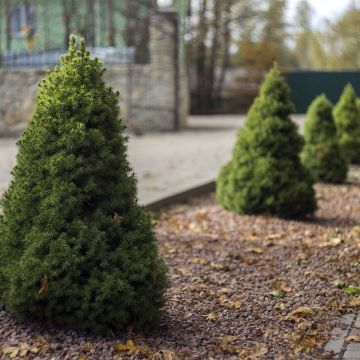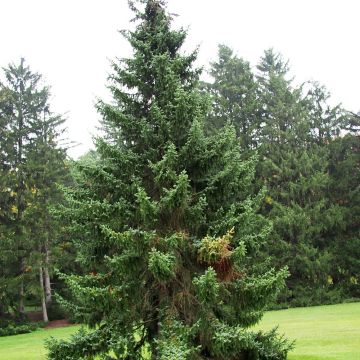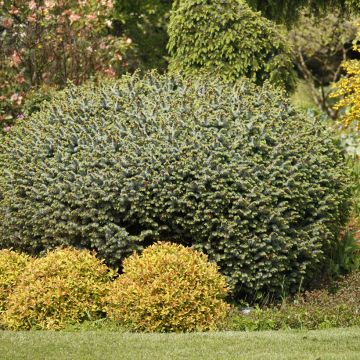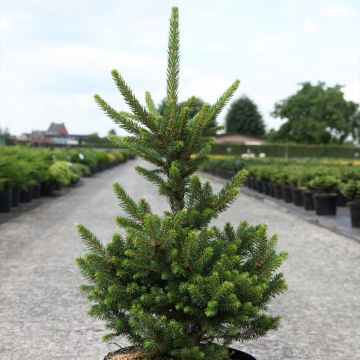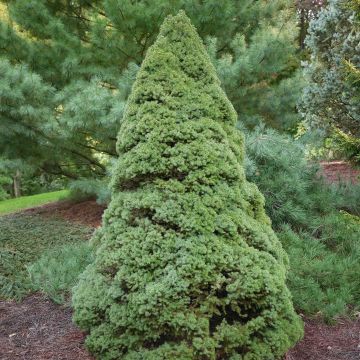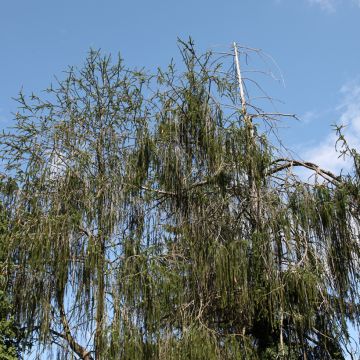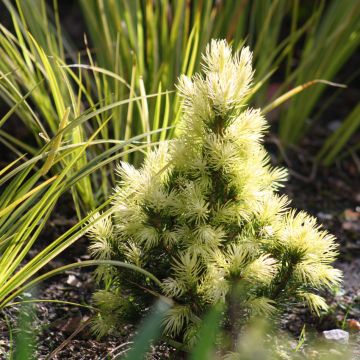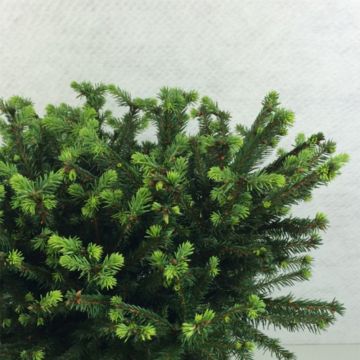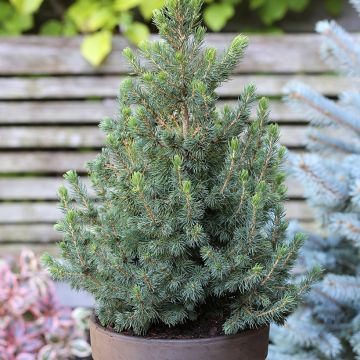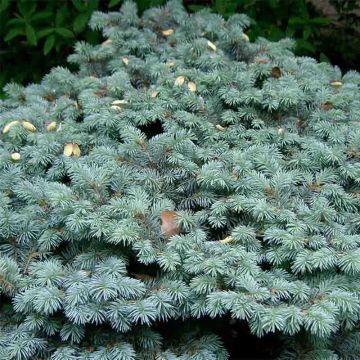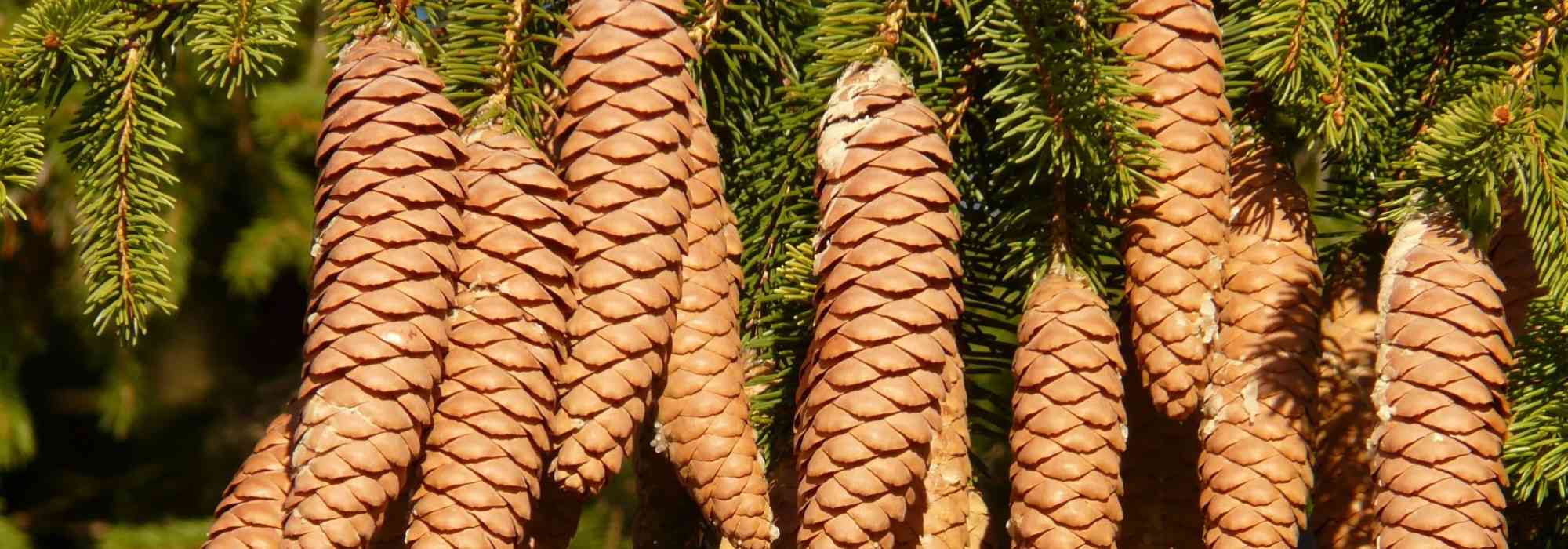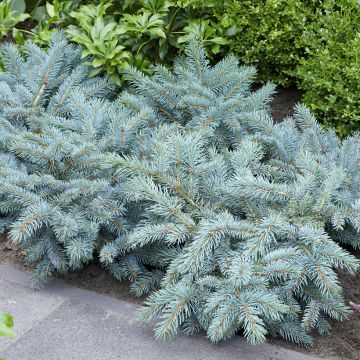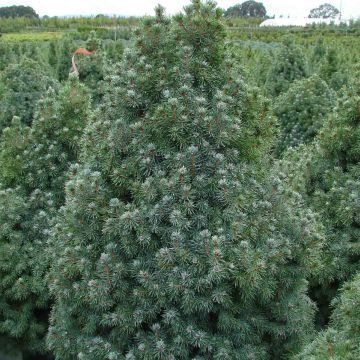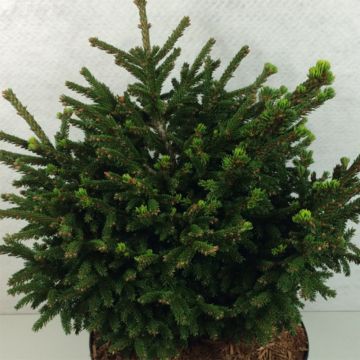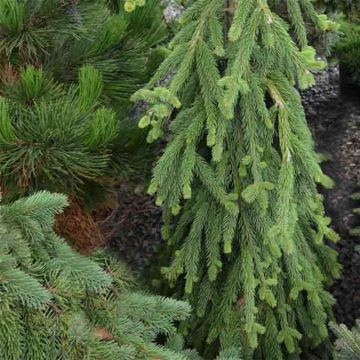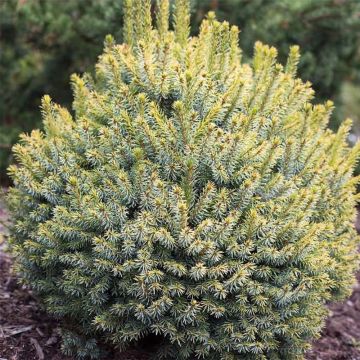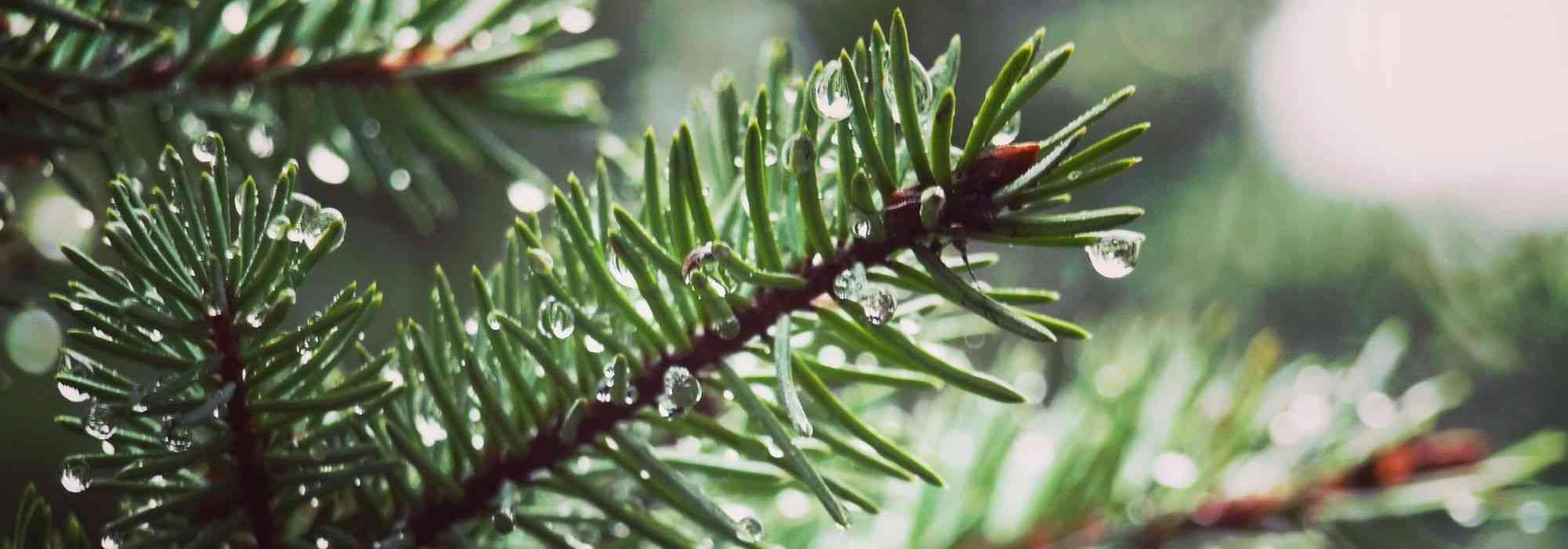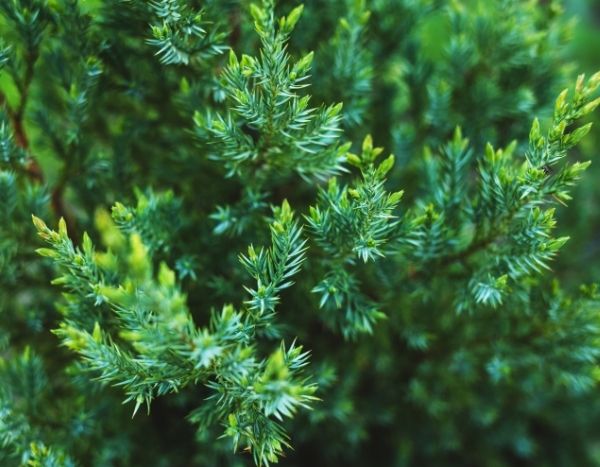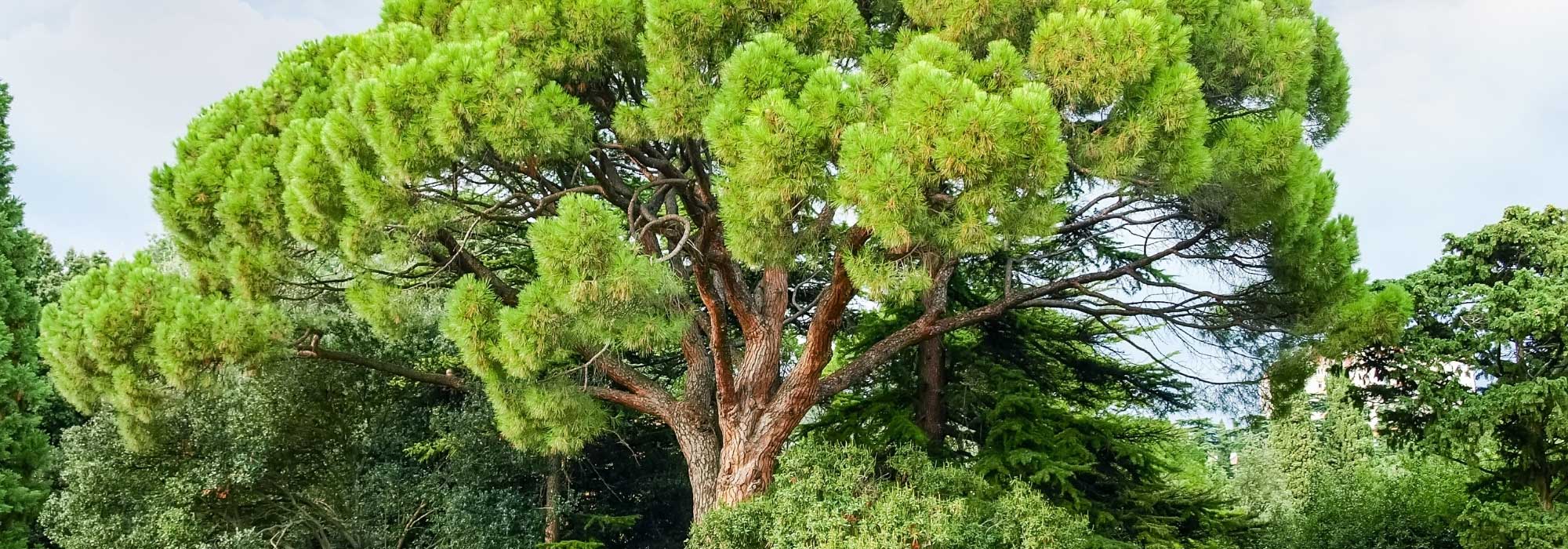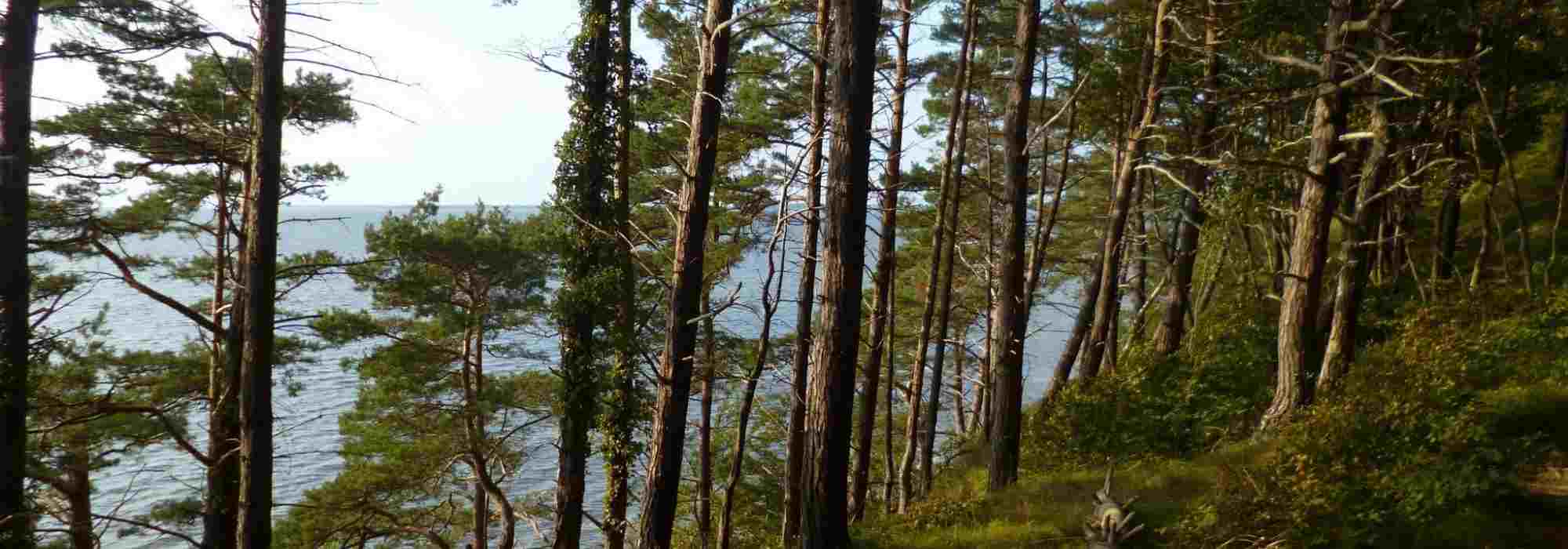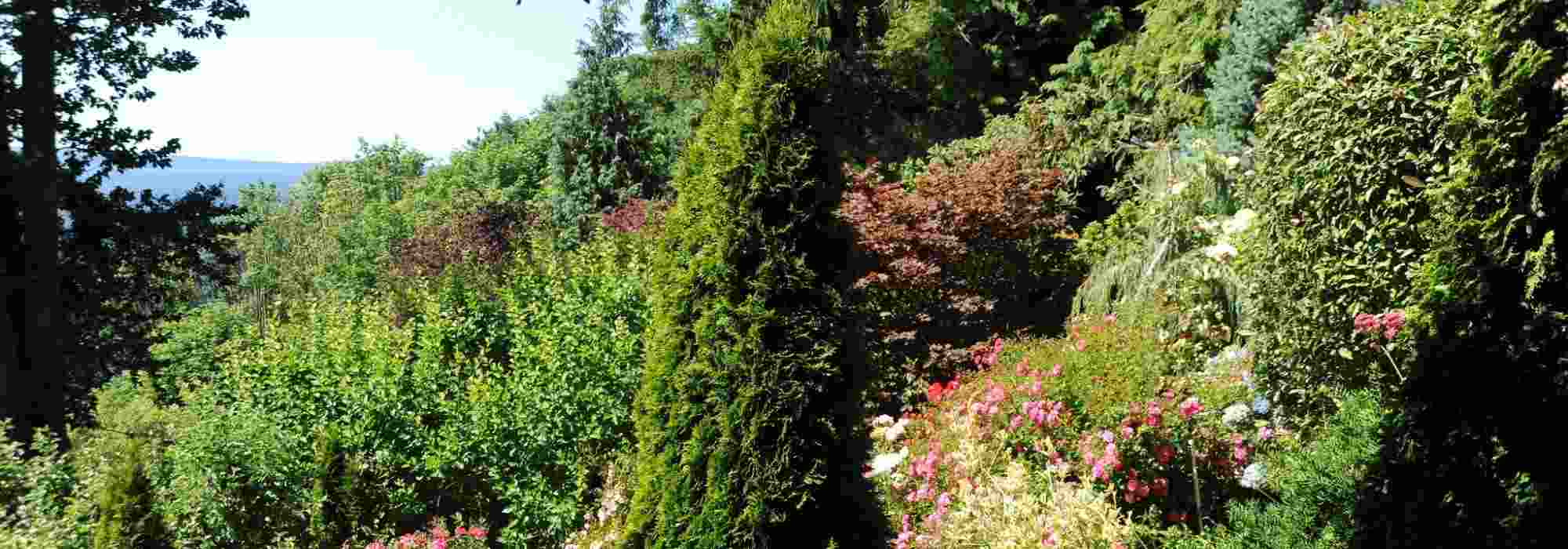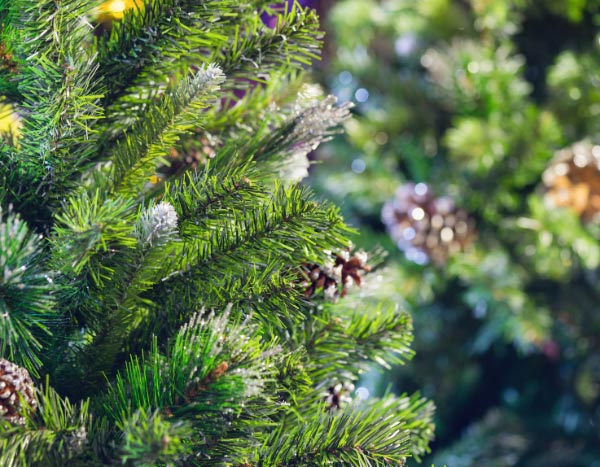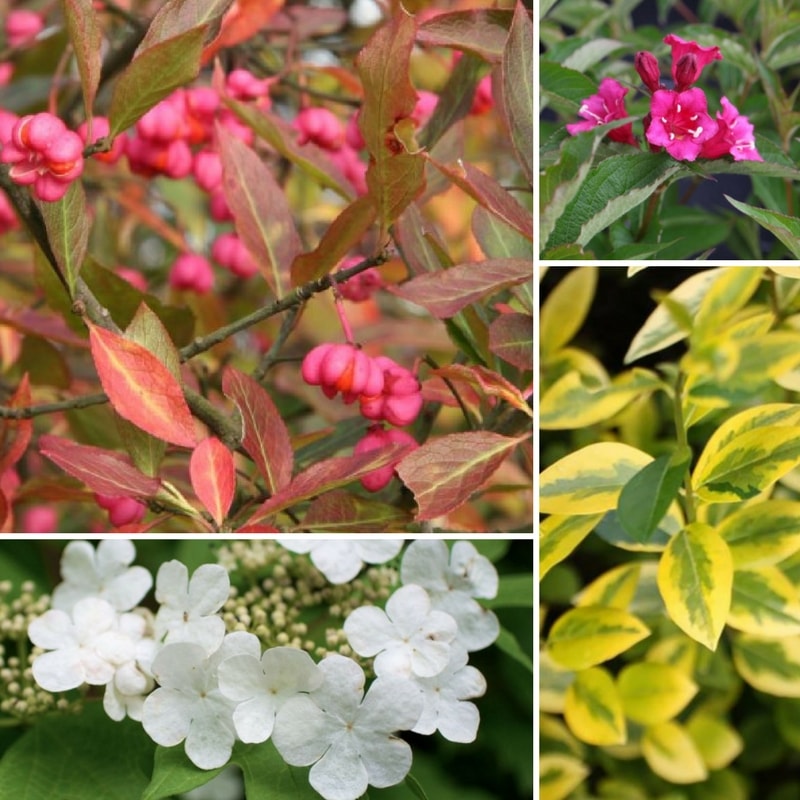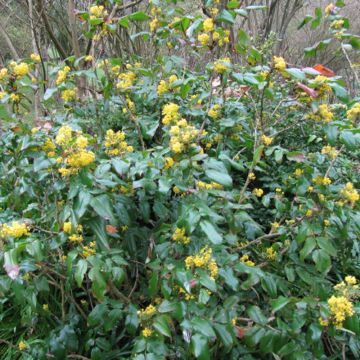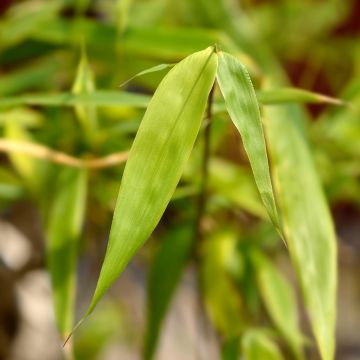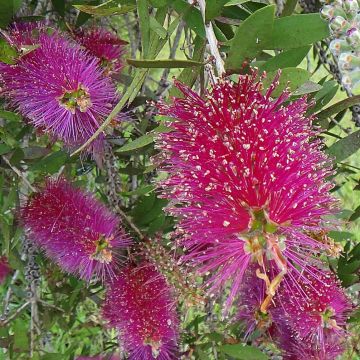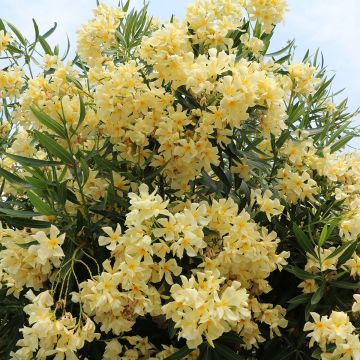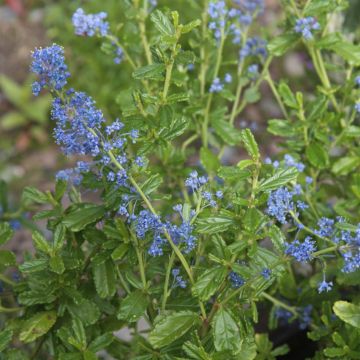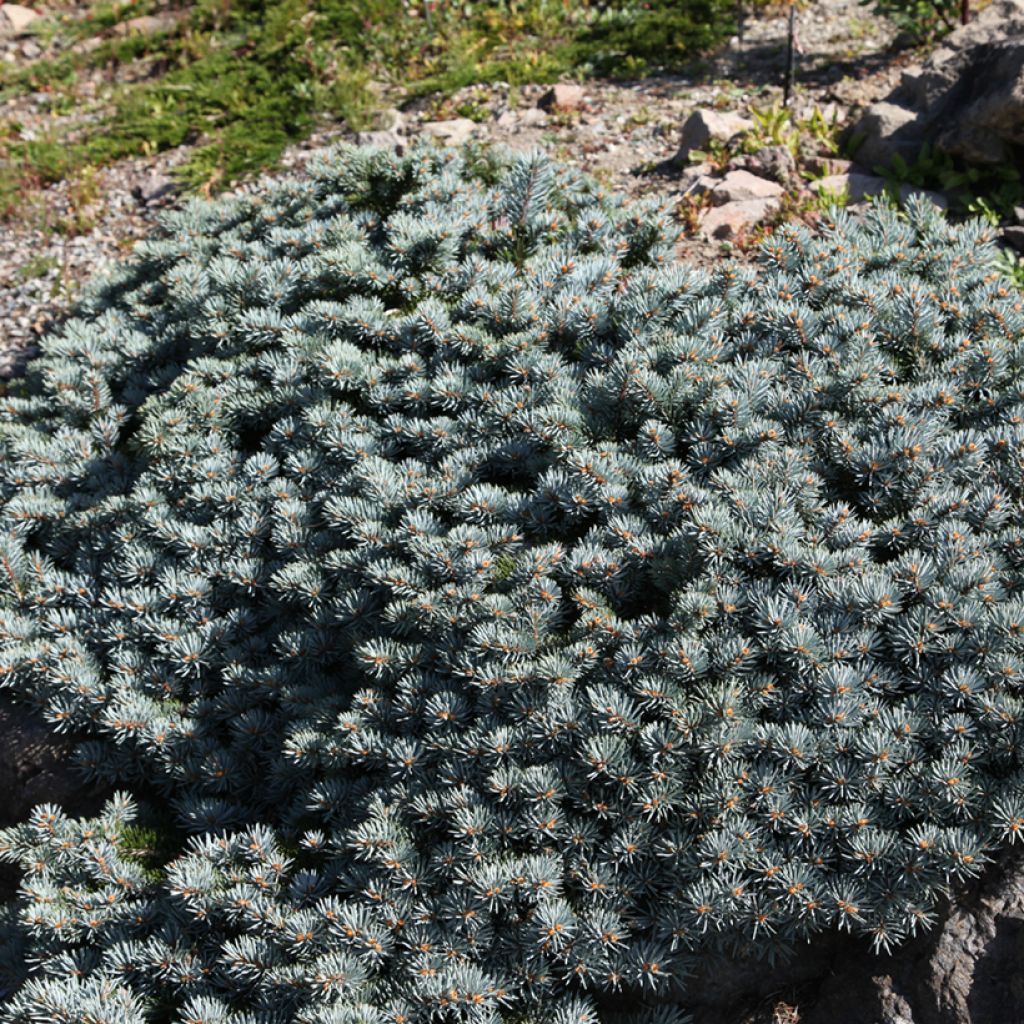

Picea pungens Saint Mary's Broom - Blue spruce
Picea pungens Saint Mary's Broom - Blue spruce
Picea pungens Saint Mary's Broom
Blue Spruce, Colorado Blue Spruce, Colorado Spruce, Silver Spruce
Special offer!
Receive a €20 voucher for any order over €90 (excluding delivery costs, credit notes, and plastic-free options)!
1- Add your favorite plants to your cart.
2- Once you have reached €90, confirm your order (you can even choose the delivery date!).
3- As soon as your order is shipped, you will receive an email containing your voucher code, valid for 3 months (90 days).
Your voucher is unique and can only be used once, for any order with a minimum value of €20, excluding delivery costs.
Can be combined with other current offers, non-divisible and non-refundable.
Why not try an alternative variety in stock?
View all →This plant carries a 24 months recovery warranty
More information
We guarantee the quality of our plants for a full growing cycle, and will replace at our expense any plant that fails to recover under normal climatic and planting conditions.
Would this plant suit my garden?
Set up your Plantfit profile →
Description
Picea pungens 'Saint Mary's Broom' is a dwarf variety of blue spruce with a neat, globose habit. It develops steel-blue needles, quite long and widely inclined. Its very slow growth and compact size make it ideal for rock gardens, as well as beds, borders, or even containers where its blue-tinged foliage with silvery highlights remains beautiful all year round.
Native to the west coast of the United States and the Rocky Mountains of North America, up to Canada, Picea pungens, also known as Colorado Blue Spruce or Blue Spruce, is a very hardy evergreen conifer belonging to the Pinaceae family. In its natural environment, it grows slowly, displaying an elegant and very regular conical habit, with highly tiered horizontal branches. This tree can reach 25 to 40 metres in height, tolerates calcareous soils and some drought.
The 'Saint Mary's Broom' variety is derived from this species. It is a small evergreen conifer distinguished by its compact and beautifully rounded habit. Its growth is very slow, around 4 to 6 cm per year. After 10 years, it will reach 40 to 50 cm in height with a spread of 60 cm. It produces fairly long and thick shoots, tightly packed and well-inclined. They are covered with thick, very stiff needles, arranged in dense, radial brushes around the shoots. Its young spring shoots are a beautiful silver, then the foliage takes on a powdery blue-grey hue with silvery highlights.
The 'Saint Mary's Broom' Blue Spruce stands out for its beautifully rounded appearance and small size, requiring no maintenance. It is a lovely plant for rock gardens or small beds. Its ability to thrive in containers makes it perfect for decorating a terrace. This spruce pairs well with stone elements in the garden. It can be accompanied by dwarf conifers with very different appearances, such as Chamaecyparis obtusa 'Chirimen', which perfectly embodies the bonsai spirit. Conifers provide lasting structure to a space, define pathways, edge terraces, and make excellent alternatives to clipped boxwood. You can plant snow-in-summer (Cerastium) at their base.
Plant habit
Foliage
Botanical data
Picea
pungens
Saint Mary's Broom
Pinaceae
Blue Spruce, Colorado Blue Spruce, Colorado Spruce, Silver Spruce
Cultivar or hybrid
Other Picea
View all →Planting and care
Plant Picea pungens Saint Mary's Broom from September to November and from February to June in a fairly fertile, well-drained, light, close to neutral, slightly calcareous, or slightly acidic soil, even occasionally dry in summer. A sandy, loamy, humus-bearing, or stony soil that is not too calcareous will be perfectly suitable. Choose a sunny spot (or at a pinch, partially shaded in a hot climate), sheltered from prevailing winds. In overly damp conditions, it will be more susceptible to root rot. Soak the root balls thoroughly before planting. Add organic matter at planting time and water generously for the first few years, and during prolonged droughts. Apply a special conifer fertiliser every year in April and hoe the soil in summer. This extremely hardy conifer dislikes heavy, waterlogged soils in winter. Pruning is not necessary, quite the opposite, as this plant reaches its full potential when allowed to grow freely.
Planting period
Intended location
Care
Planting & care advice
This item has not been reviewed yet - be the first to leave a review about it.
Similar products
Haven't found what you were looking for?
Hardiness is the lowest winter temperature a plant can endure without suffering serious damage or even dying. However, hardiness is affected by location (a sheltered area, such as a patio), protection (winter cover) and soil type (hardiness is improved by well-drained soil).

Photo Sharing Terms & Conditions
In order to encourage gardeners to interact and share their experiences, Promesse de fleurs offers various media enabling content to be uploaded onto its Site - in particular via the ‘Photo sharing’ module.
The User agrees to refrain from:
- Posting any content that is illegal, prejudicial, insulting, racist, inciteful to hatred, revisionist, contrary to public decency, that infringes on privacy or on the privacy rights of third parties, in particular the publicity rights of persons and goods, intellectual property rights, or the right to privacy.
- Submitting content on behalf of a third party;
- Impersonate the identity of a third party and/or publish any personal information about a third party;
In general, the User undertakes to refrain from any unethical behaviour.
All Content (in particular text, comments, files, images, photos, videos, creative works, etc.), which may be subject to property or intellectual property rights, image or other private rights, shall remain the property of the User, subject to the limited rights granted by the terms of the licence granted by Promesse de fleurs as stated below. Users are at liberty to publish or not to publish such Content on the Site, notably via the ‘Photo Sharing’ facility, and accept that this Content shall be made public and freely accessible, notably on the Internet.
Users further acknowledge, undertake to have ,and guarantee that they hold all necessary rights and permissions to publish such material on the Site, in particular with regard to the legislation in force pertaining to any privacy, property, intellectual property, image, or contractual rights, or rights of any other nature. By publishing such Content on the Site, Users acknowledge accepting full liability as publishers of the Content within the meaning of the law, and grant Promesse de fleurs, free of charge, an inclusive, worldwide licence for the said Content for the entire duration of its publication, including all reproduction, representation, up/downloading, displaying, performing, transmission, and storage rights.
Users also grant permission for their name to be linked to the Content and accept that this link may not always be made available.
By engaging in posting material, Users consent to their Content becoming automatically accessible on the Internet, in particular on other sites and/or blogs and/or web pages of the Promesse de fleurs site, including in particular social pages and the Promesse de fleurs catalogue.
Users may secure the removal of entrusted content free of charge by issuing a simple request via our contact form.
The flowering period indicated on our website applies to countries and regions located in USDA zone 8 (France, the United Kingdom, Ireland, the Netherlands, etc.)
It will vary according to where you live:
- In zones 9 to 10 (Italy, Spain, Greece, etc.), flowering will occur about 2 to 4 weeks earlier.
- In zones 6 to 7 (Germany, Poland, Slovenia, and lower mountainous regions), flowering will be delayed by 2 to 3 weeks.
- In zone 5 (Central Europe, Scandinavia), blooming will be delayed by 3 to 5 weeks.
In temperate climates, pruning of spring-flowering shrubs (forsythia, spireas, etc.) should be done just after flowering.
Pruning of summer-flowering shrubs (Indian Lilac, Perovskia, etc.) can be done in winter or spring.
In cold regions as well as with frost-sensitive plants, avoid pruning too early when severe frosts may still occur.
The planting period indicated on our website applies to countries and regions located in USDA zone 8 (France, United Kingdom, Ireland, Netherlands).
It will vary according to where you live:
- In Mediterranean zones (Marseille, Madrid, Milan, etc.), autumn and winter are the best planting periods.
- In continental zones (Strasbourg, Munich, Vienna, etc.), delay planting by 2 to 3 weeks in spring and bring it forward by 2 to 4 weeks in autumn.
- In mountainous regions (the Alps, Pyrenees, Carpathians, etc.), it is best to plant in late spring (May-June) or late summer (August-September).
The harvesting period indicated on our website applies to countries and regions in USDA zone 8 (France, England, Ireland, the Netherlands).
In colder areas (Scandinavia, Poland, Austria...) fruit and vegetable harvests are likely to be delayed by 3-4 weeks.
In warmer areas (Italy, Spain, Greece, etc.), harvesting will probably take place earlier, depending on weather conditions.
The sowing periods indicated on our website apply to countries and regions within USDA Zone 8 (France, UK, Ireland, Netherlands).
In colder areas (Scandinavia, Poland, Austria...), delay any outdoor sowing by 3-4 weeks, or sow under glass.
In warmer climes (Italy, Spain, Greece, etc.), bring outdoor sowing forward by a few weeks.






























